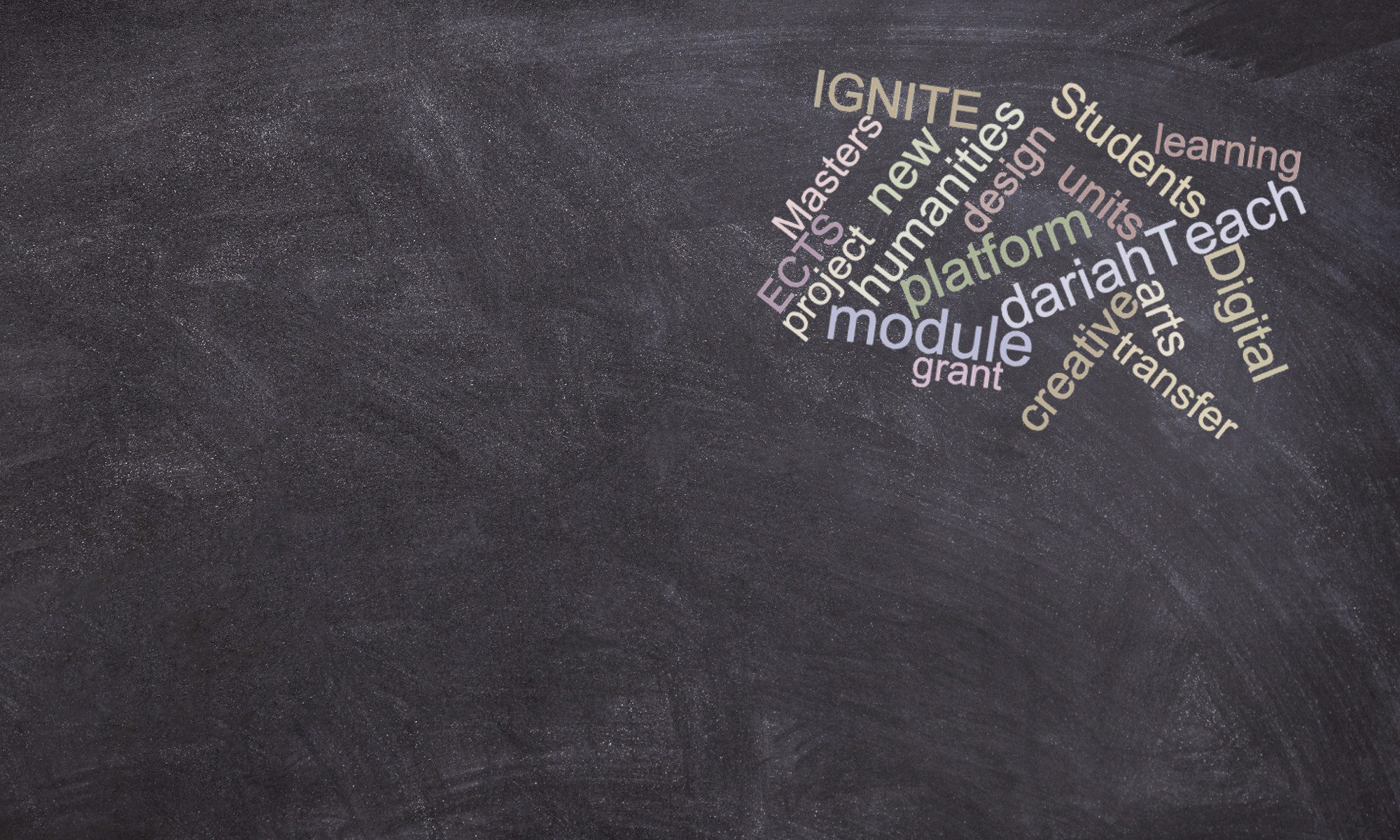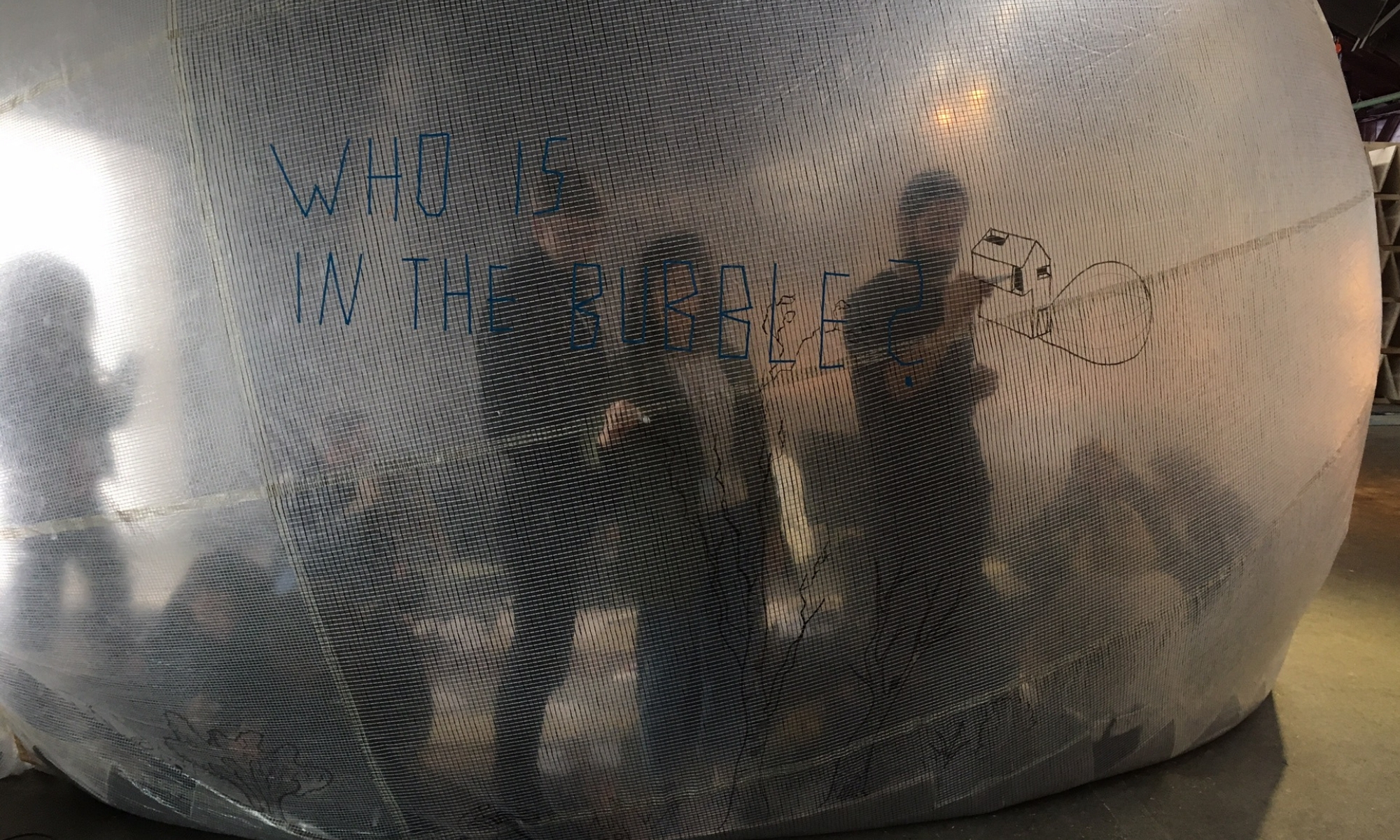Expected release date: February 2020
Objectives
This compulsory unit will introduce students to the theories, methods, and principles of Open Innovation, Design Thinking and the ethos of Maker Culture. Design thinking combines what is desirable from a human point of view with what is technologically feasible and economically viable. Design thinking has become a crucial tool and mindset that enables projects, organisations and companies to think creatively beyond traditional logical and analytical approaches, helping them to be agile and critically responsive to change.
This unit takes a design-derived perspective on challenge-oriented learning and problem solving and analysis. The unit will provide models for how to generate creative ideas for deriving solutions to problems in a wide variety of contexts and will introduce students to rapid prototyping for product and service-type solutions. The unit will introduce and provide formative evaluation of processes in assembling, managing and performing in creative, collaborative (open) innovation networks, both in-house and external. It will provide human/user-centred understanding to the formulation of problems, and their resolution. The unit will introduce and provide knowledge and skills in visualisation and “data display” as core competencies of designers, entrepreneurs and researchers, which allow meaning to develop and to progress into strategies for satisfying consumer requirements. Overall, this unit will underpin ideation and creativity with collaborative tools and techniques in the innovation process, and will provide knowledge and competences in taking this process towards presentation, actuation and implementation.
This unit will lay the groundwork for the optional units that follow.
Learning Outcomes
After completing this unit, the learner will be able to:
- Master ideation processes and desk research for early validation;
- Lead early stage innovation group meetings that simulate and synthesise team insights into actionable plans;
- Develop strategies for strategic flexibility, choosing technology platforms, working collaboratively, and open innovation;
- Develop design-thinking and visual-thinking skill sets;
- Express the differences in core competencies between leadership vs. followership;
- Apply user-centric design methods as a way of responding to user insights;
- Create visual frameworks to represent research findings;
- Use visual thinking to achieve strategic alignment across organisational elements;
- Use visual methods to categorise and understand field data;
- Transfer field data into visual and actionable design/marketing material e.g. mood boards, style boards, and personas;
- Understand prototyping to communicate solutions and possibilities and take research findings into structured background presentation for pitching (e.g. executive summaries; market, competitor and stakeholder analysis, business plan and models);
- Understand and develop a full innovation strategy using an ideation process, carry out primary desk research, analyse findings and requirements, perform iterative design processes through prototyping, select and plan implementation of a suitable innovation initiative.
Teaching Methods/Technologies
Students will learn through a series of lectures (composed of text, videos, and voice-over screen capture), quizzes and exercises, and real world case studies. This unit will introduce practical methods for design research, brainstorming and idea generation, visualisation, mapping, charting, recording and documentation. The module will integrate developmental and evaluative learning through case studies and assignments. Exercises and case studies will provide students with the opportunity to develop critical thinking, creative problem solving, and visualisation methodologies.


